Many dog owners are changing the collar for the harness, and this is a big change for them. Harnesses give you more control over your dog when it’s in the wild, and they don’t put as much strain on your dog’s neck.
For many dogs, harnesses are the best way to keep them safe. They should be the right size for your dog to get the most out of them. In this article, we’ll talk about why harness size is important for dogs, and help you figure out how to measure your dog’s correct harness size.
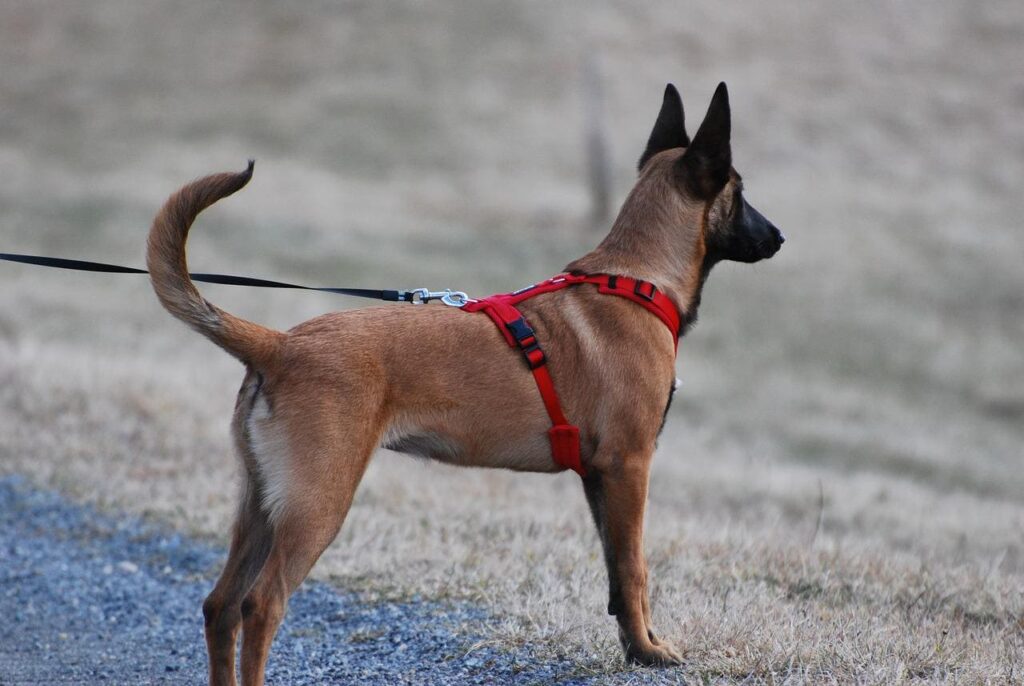
Harnesses for dogs: a quick guide
More and more dog owners are giving up the collar and leash in favor of a dog harness. Using harnesses for our dogs is not only good for them, but they also give us peace of mind as dog owners. A harness can help with everything from comfort to safety, but a collar cannot.
Below are some benefits of using harnesses in dogs.
A dog does not feel as much pressure in the neck when it is tied to a harness because it surrounds his chest. Even a small pull can make dogs with arthritis or disc problems in their necks hurt.
When a harness is properly measured and leashed, your dog is very unlikely to slip off. So, even if your dog tries to run away from you, he can always keep his hands on the leash.
No products found.
As the harness is placed on the chest and back of the dog, it is more difficult for the dog to pull its owner on walks. A harness gives you more control over your entire body than a collar, which allows you to plant your feet on the ground and pull forward. If you stand firm, most dogs will have to brake.
When a harness is properly measured to fit the dog’s body, all of the above benefits can be achieved, but only if done right. The harness should stay in place on the dog’s body, and should not slip or rub against the dog’s skin.
A harness that is too large can make the dog more likely to slip away and run away. To understand why harness measurement is so important, keep this in mind.
What should my dog’s harness look like?
A harness that doesn’t fit your dog properly can cause a lot of problems. It doesn’t matter if the harness is too small or too big for your dog. This means that the harness won’t be able to do everything it could do.
Some of the possible risks of an incorrectly sized harness
- Unpleasant chafing on the dog’s skin
- It is difficult to maintain dog control on walks
- Increased risk of pulling Abrasions from harness rubbing all the time
- Pain because the harness is too tight
- The dog could get out of the harness and run away
When deciding if your dog’s new harness is right for him, always use the two-finger rule. Two fingers should fit comfortably under the harness when fastened. They should fit neither more nor less. This extra space makes it easier for your dog to move, but it also prevents him from trying to get out.
When measuring your dog for a harness
Our advice is to always measure your dog before buying a harness of your choice. These body measurements will help you choose the best size for them and reduce the risk of harness problems due to the wrong size.
To proceed to the next steps, you need to remove the tape measure and ruler
Look at a size chart
All reputable dog harness and collar stores should have a size chart for each item they sell. Keep this in mind when choosing the color and size of your harness.
Once you have the measurements that we will talk about below, you can look at the size chart and choose the right size for your dog.
Measures neck circumference
Measure your dog’s neck length first. This means you can use the tape measure to measure where a collar would normally be. Be sure to follow the two-finger rule when doing this. Once done, be sure to write down the results of what you did.
Measure chest circumference
Next, you’ll measure your dog’s chest circumference. Another time, you can measure your rib cage with your tape measure. Be sure to measure the widest part of your rib cage again. Be sure to measure the entire contour, with the end of the tape coming together at the dog’s upper back. Also write down what you’ve done when you’re done.
Measures body length (may be optional)
Measure the length of your dog’s entire body. You can do this with a tape measure or ruler, but this will depend on the size of your pet. It measures from the base of the neck to the beginning of the tail. When you’re done, write down this result as well.
Some harnesses do not need this measure, but it is always good to have it on hand in case you need it.
It’s time to look at the size chart of the harness you want to buy. You have already written down your dog’s measurements. Look in the chart for a size option that fits your dog’s results and you can find out which is the best harness for your pet.
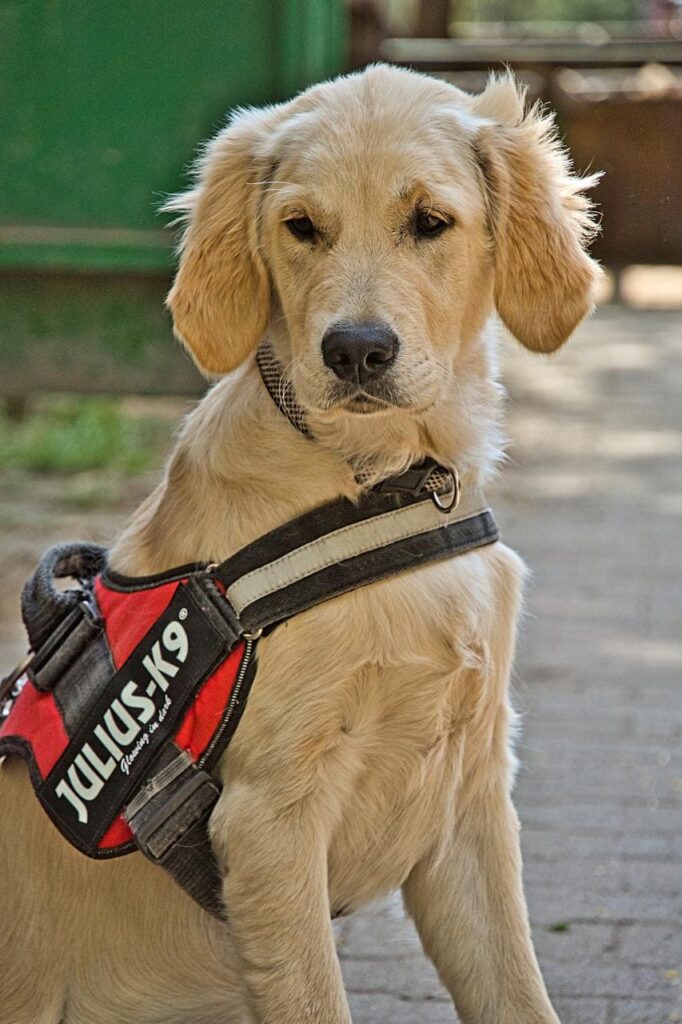
Other things to think about
To find the best harness for your dog, make sure you measure it correctly. There are also other important things to think about. It’s important to know how big and active your dog is before you start buying a harness.
Now that you know how fundamental harness size is for dogs, you can choose the best harness for your dog.
Do you help us share?

What is the best dog food for dogs with digestive problems?
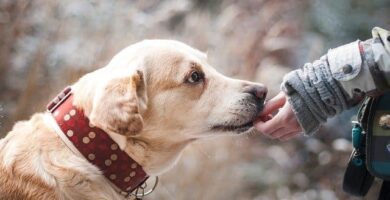
My dog doesn’t want to eat anymore

Allergy season for dogs
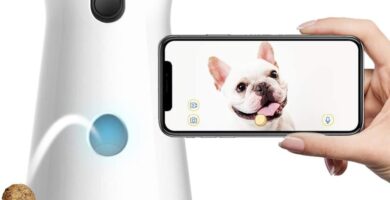
Furbo Dog Camera

Why my dog loses hair
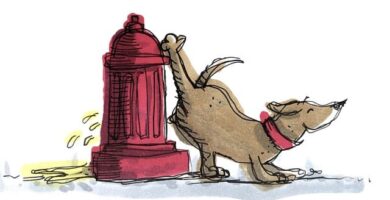
Why do dogs mark territory?
- Why do dogs bury bones? - January 2, 2023
- How long is a dog’s pregnancy? - December 24, 2022
- Why do dogs mark territory? - October 24, 2022

